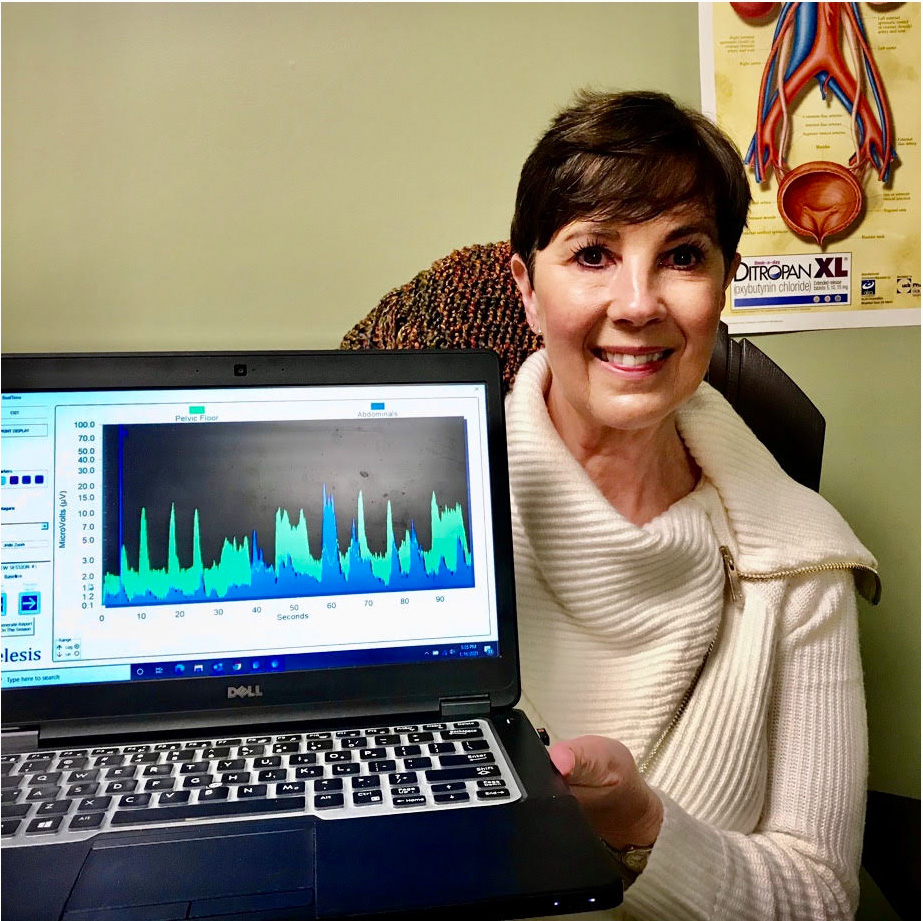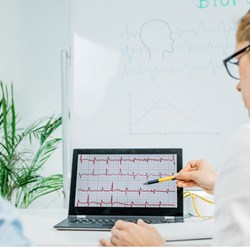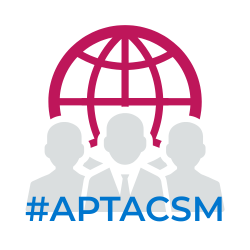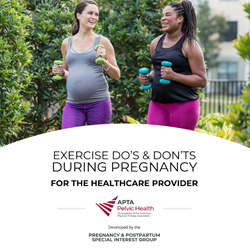Foundations of Pelvic Floor Muscle Assessment Using Surface Electromyography
On-Demand Courses
2 Contact Hours | This independent study course (reading only) is intended to give the practicing pelvic physical therapist a working knowledge of surface electromyography (sEMG) assessment, electrode set up and instrumentation. Ideally a pelvic floor muscle (PFM) assessment includes a collection of the patient’s symptoms, assessment of PFM structure and function using signs (clinical assessment) and investigations (devices and machines). This improves the accuracy of the PFM diagnosis and list of impairments, leading to an effective treatment plan. sEMG is one part of a complete PFM assessment and an essential part of the assessment of the active component of muscle tone. This course describes the use of sEMG in a detailed PFM assessment and discusses interpretation of findings.
Incomplete knowledge of sEMG can result in poor or incorrect application, interpretation, and treatments. This material describes basic sEMG instrumentation and electrode application concepts and their effects on the accuracy and quality of the recording. At the completion of this course participants should be able to identify and minimize noise and artifacts in clinical situations resulting in quality sEMG tracings to ensure the most accurate PFM assessment and treatments.
Quality treatment of patients with pelvic floor dysfunction requires a comprehensive understanding of anatomy, physiology, pathophysiology, assessment, and treatment modalities. The learner should have a working knowledge of pelvic PT, PFM clinical assessment, and treatment prior to taking this course. This study course is intended to augment pelvic PT education and should not be the only source of study on this modality; sEMG treatment is not covered. This course provides some of the necessary didactic education needed for the BCIA Pelvic Muscle Dysfunction certificate.
At the end of this course, the learner should be able to:
- Describe a comprehensive pelvic floor muscle (PFM) assessment using sEMG
- Identify sources of artifact and reduce or eliminate environmental noise to improve accuracy and clinical utility of sEMG tracings
- List sEMG parameters assessed at rest and during contraction in a PFM assessment
- Describe selected electrode applications and the factors that affect interpretation
- Optimize signal processing and feedback displays during sEMG biofeedback sessions
- Define and describe clinically important instrumentation terms and concepts pertaining to sEMG biofeedback applications
- Correctly choose PFM electrode type based on contraindication, precautions, and the patient’s condition
 Beth Shelly, PT, DPT, BCB-PMD, Board-Certified Women's Health Clinical Specialist
Beth Shelly, PT, DPT, BCB-PMD, Board-Certified Women's Health Clinical Specialist Jane Kaufman, PT, M.Ed, BCB-PMD
Jane Kaufman, PT, M.Ed, BCB-PMD Jane Kaufman has been a practicing Physical Therapist for more than forty years. Her practice, Phoenix Physical Therapy, PLC has received local, regional, national, and international recognition for its highly successful and acclaimed specialty in the treatment of pelvic floor muscle dysfunction and elimination disorders. Jane holds an international certification from the Biofeedback Certification International Alliance. She is a member of the task force for setting the standards for this certification.
EDUCATION:
- 1973: Ithaca College, Ithaca, New York, Bachelor of Science in Physical Therapy
- 1984: University of Vermont, Burlington, Vermont, Masters in Education: Administration and Planning; Thesis: Professional Development in Physical Therapy - A Vermont Study
PROFESSIONAL EXPERIENCE
The Early Years included practice as a PT at Columbia-Presbyterian Medical Center, New York, Brattleboro Memorial Hospital, Brattleboro, VT, and the Medical Center Hospital of Vermont in Burlington, where she became Supervisor of the Department of Physical Therapy. Jane taught courses in the UVM PT program and coordinated physical therapy services for some of the area out-patient clinics and skilled nursing facilities.
In 2003, Jane formed Phoenix Physical Therapy, a highly specialized practice in Pelvic Floor Muscle Dysfunction with a clinic in South Burlington. As her practice grew, she soon added a staff that today consists of four additional highly trained therapists also specializing in this treatment specialty.
Professional Activities have spanned everything from supervising PT clinics to chairing committees, to dozens of guest speaking and professional presentations to multiple groups in New York, Vermont, and around the country. Jane is the current chair of the College of Nursing and Health Sciences Board of Advisors. Jane often lectures on topics related to pelvic muscle dysfunction at national conferences. Currently, Jane teams with an associate in San Marcos, Texas to teach courses in pelvic floor muscle dysfunction and treatment strategies to health professionals from across the USA and from around the world including Europe, Central America, and Asia. In 2017 Jane and her teaching partner Tiffany Lee, MA, OTR, BCB-PMD, PRPC, began teaching for Herman & Wallace Pelvic Rehabilitation Continuing Education: Biofeedback Pelvic Muscle Dysfunction in-person (2017 – 2019) / satellite lab course – self-hosted (2020 – Present).
She has participated in research and has published an article in the Association for Applied Psychophysiology and Biofeedback journal entitled Biofeedback. This article was published in the fall of 2021 titled: Pelvic Floor Biofeedback for the Treatment of Urinary Incontinence and Fecal Incontinence.
Most recently she has worked with Beth Shelly, PT, DPT, BCB-PMD, Board Certified Women’s Health Clinical Specialist, to publish (January 6, 2023) for the APTA’s Public Health Section, a self-study manual and self-paced course, Foundations of Pelvic Floor Muscle Assessment Using Surface Electromyography.
🚨 Purchase Instructions for Non-Members
If you are a Non-Member, please create a user account BEFORE adding the course to your cart. Click on the "Create a User Account" button below. Complete the short user account creation form and return to this page when you are finished to proceed with your course purchase. This will ensure that you get login credentials and get access to the course materials in the Learning Center.
Without a user account, you risk losing your course progress and experiencing significant access issues. Creating a user account is free and important for a seamless and uninterrupted learning experience.






